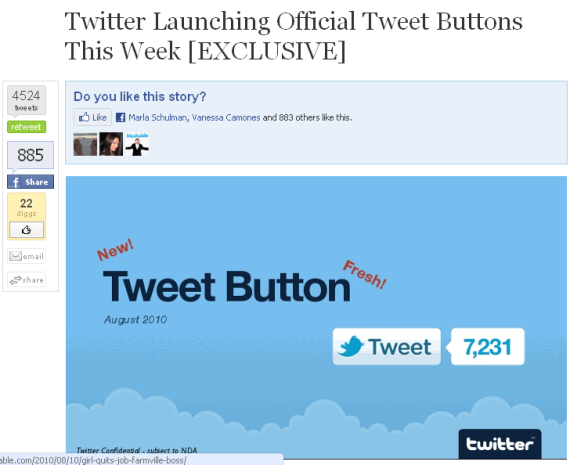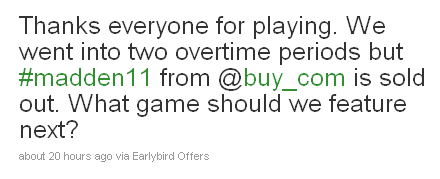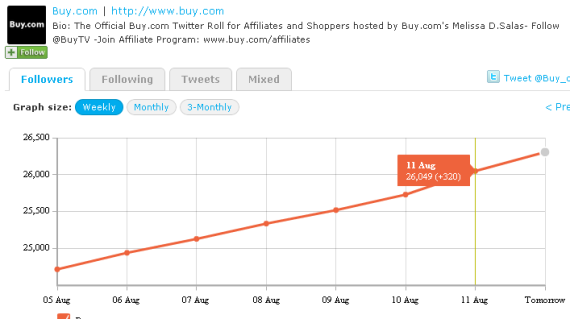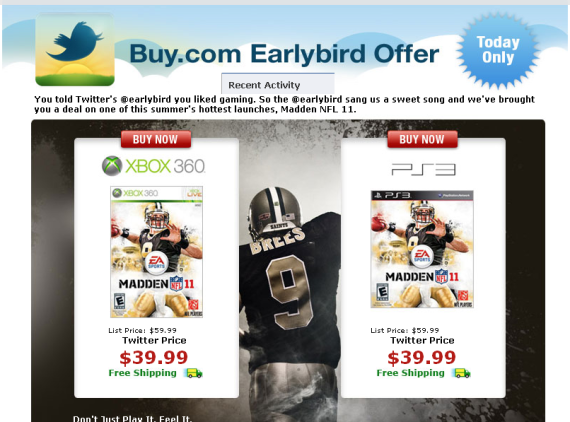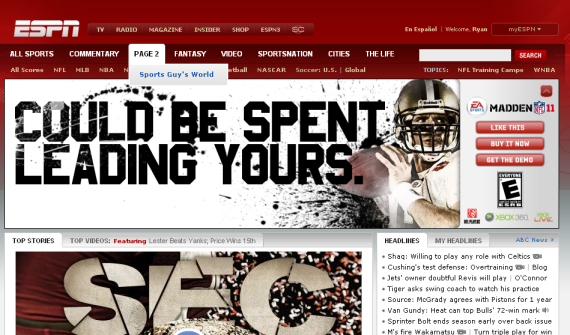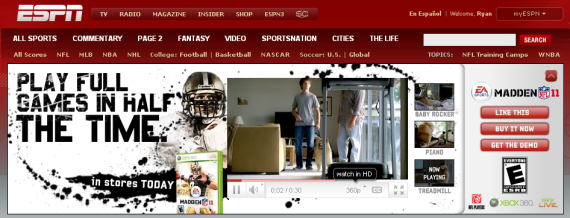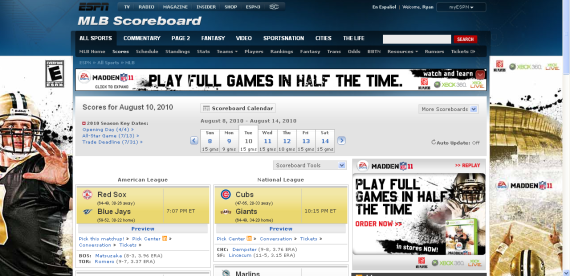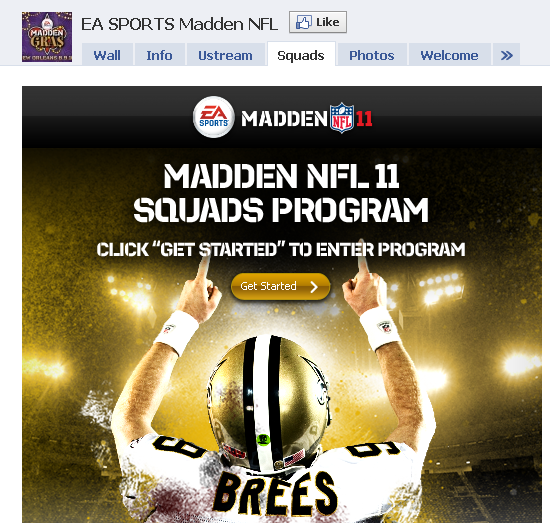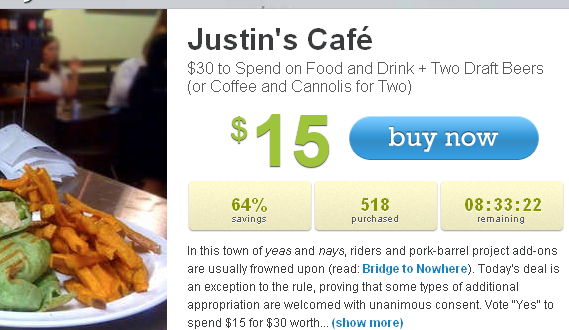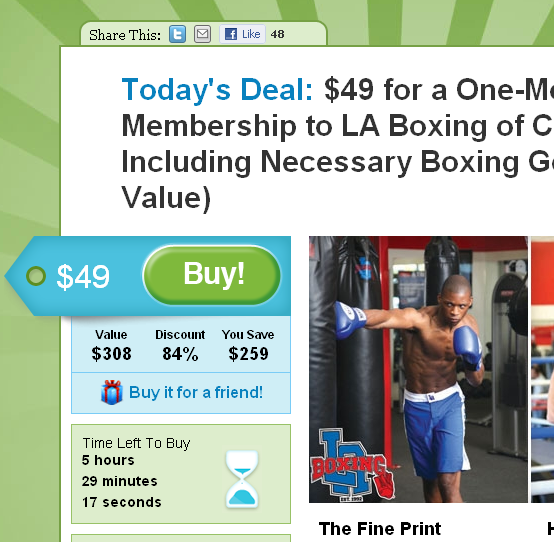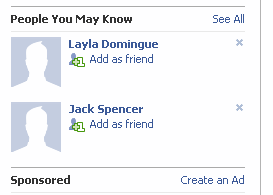Thanks to the iPad, I have been on a documentary kick: both Netflix and iTunes make it easy to access interesting content that I otherwise wouldn't think to watch. Combined with the iPad's portability, consuming documentaries like Art & Copy (highly recommended!), Food Inc (recommended), A Lawyer Walks into a Bar (mildly recommended), etc. The latest is Gary Hutwist's Objectified. Hutwist previously released Helvetica, "which looked at the worlds of typography and graphic design". Objectified is a direct relative, focusing on "industrial design and product design, and our relationship with the manufactured objects that surround us."

It is well done and focuses on a combination of analog and digital brands/products (most significantly Apple). While Objectified concentrates on physical product design, it is highly relevant to web and software design.
Below is a list of guiding principles spurted out by Dieter Rams, former designer director Braun. I am sure that he has thought long and hard about these principles previously - but it was nonetheless impressive how intuitively and calmly he spurted the following out. Again, they pertain specifically to physical creation - but each of the following are traits that exist in the best designed products as well as websites, experiences, navigations, etc. For instance, Apple's iOS and Facebook can check each of the following:
Good design should be innovative.
Good design should male a product useful.
Good design is aesthetic design.
Good design will make a product understandable.
Good design is honest.
Good design is unobtrusive.
Good design is long lived.
Good design is consistent in every detail.
Last but not least, good design is as little design as possible.





